
Comparing Battery Life: iPhone 13 Pro Max vs. Samsung Galaxy S21 Ultra – Which Lasts Longer?
Introducing iPhone 13 Pro Max vs. Samsung Galaxy S21 Ultra Battery Life Comparison
Battery life has become one of the key considerations for smartphone buyers, especially as phones become essential tools for work, entertainment, and daily life. Two of the top contenders in the flagship category are the iPhone 13 Pro Max and the Samsung Galaxy S21 Ultra, both known for their impressive specs and advanced technology. But when it comes to real-world battery performance, which one truly stands out? This post dives deep into battery life, charging options, software optimizations, and tips to get the most out of each device.
Battery Capacity and Charging Speeds
iPhone 13 Pro Max: Apple’s iPhone 13 Pro Max features a 4,352 mAh battery, a substantial upgrade over its predecessor. Though Apple doesn’t publish exact battery specs, real-world usage tests indicate that the Pro Max can last up to 28 hours of video playback or around 20 hours of streaming. Charging-wise, it supports 27W wired charging, MagSafe wireless charging at 15W, and Qi wireless charging at 7.5W. Apple’s MagSafe accessory ecosystem provides a convenient, cable-free charging experience for users invested in Apple’s ecosystem.
Samsung Galaxy S21 Ultra: The Galaxy S21 Ultra packs a larger 5,000 mAh battery, which gives it a strong start in terms of potential battery life. Samsung’s device also supports faster charging with 25W wired charging and 15W wireless charging, along with 4.5W reverse wireless charging, a unique feature that lets users charge other devices, like earbuds or another phone, from the S21 Ultra. While Samsung doesn’t offer a MagSafe-like ecosystem, it has broad compatibility with third-party Qi chargers, giving users flexibility.
Battery Verdict: On paper, the Galaxy S21 Ultra has an advantage with a larger battery capacity and the flexibility of reverse wireless charging. However, battery life also depends heavily on software optimizations and display settings.
Display and Battery Consumption
iPhone 13 Pro Max: Apple’s Super Retina XDR OLED display on the iPhone 13 Pro Max is known for its efficiency and stunning visuals. It supports ProMotion technology, allowing for adaptive refresh rates from 10 Hz up to 120 Hz based on on-screen content. This adaptive refresh rate plays a significant role in conserving battery by lowering the refresh rate when not needed, such as during static tasks like reading. Apple’s optimized iOS software further reduces power consumption by dynamically adjusting performance for maximum efficiency.
Samsung Galaxy S21 Ultra: Samsung’s Dynamic AMOLED 2X display on the Galaxy S21 Ultra also supports a variable refresh rate from 10 Hz to 120 Hz, delivering an immersive experience with smooth transitions during gaming and scrolling. However, since the display size is slightly larger (6.8 inches vs. iPhone’s 6.7 inches), the S21 Ultra’s screen could consume more battery, especially at higher brightness settings or with prolonged use of 120 Hz.
Display Verdict: Both devices are optimized for battery life through adaptive refresh rates, but the Galaxy S21 Ultra’s larger screen may lead to slightly higher battery consumption during prolonged usage.
Operating System and Software Optimization
iPhone 13 Pro Max: Apple’s iOS is highly optimized to work seamlessly with the hardware, resulting in efficient power management. The A15 Bionic chip in the iPhone 13 Pro Max further enhances this by dynamically adjusting performance based on usage. iOS’s tight integration ensures that background processes are minimized, and apps are managed to conserve battery effectively.
Samsung Galaxy S21 Ultra: The Galaxy S21 Ultra runs on Android 11 (upgradable to Android 13) with Samsung’s One UI overlay. Samsung has improved power optimization in recent years, with the One UI allowing users to customize battery-saving settings. For instance, users can choose Power Saving Mode, adjust performance, or even limit background apps to extend battery life. However, Android tends to use more background processes than iOS, which could affect battery performance slightly over time.
Software Verdict: iOS’s streamlined power management on the iPhone 13 Pro Max provides a slight edge in efficiency, while Samsung’s One UI offers more customization for power-saving, catering to users who want control over their device’s performance.
Battery Life in Real-World Usage
Real-world usage often paints a clearer picture of battery life, as it considers activities like social media, streaming, photography, and gaming.
iPhone 13 Pro Max: Users report that the iPhone 13 Pro Max easily lasts a full day even with heavy use, including activities like 4K video recording, social media, and streaming. When in low-power mode, it can stretch battery life further, making it ideal for users who spend a lot of time on their phone throughout the day. With moderate usage, it can last up to two days on a single charge.
Samsung Galaxy S21 Ultra: The Galaxy S21 Ultra also provides a full day of battery life with heavy use, thanks to its 5,000 mAh capacity. However, users note that extensive use of 120 Hz refresh rate and prolonged gaming sessions can drain the battery faster. Samsung’s adaptive Power Saving Mode is beneficial, but users may find themselves charging slightly more often than with the iPhone 13 Pro Max.
Usage Verdict: The iPhone 13 Pro Max generally offers a bit more longevity with heavy usage due to iOS’s efficiency, though both phones can comfortably handle a full day’s usage.
Charging Options and Convenience
iPhone 13 Pro Max: Apple’s MagSafe charging is convenient and secure, allowing users to snap the charger magnetically to the device. MagSafe also supports accessories, like cases and wallet attachments, which integrate seamlessly into the iPhone ecosystem. Though Apple’s wired charging speed isn’t the fastest, the consistent performance and convenience of MagSafe are appealing for users in the Apple ecosystem.
Samsung Galaxy S21 Ultra: Samsung offers the convenience of reverse wireless charging with the Galaxy S21 Ultra, which can be helpful for charging accessories like Galaxy Buds or even another phone in emergencies. While its 25W wired charging isn’t the fastest in the market, it’s sufficient for quick top-ups, especially with the larger battery.
Charging Verdict: Samsung’s reverse wireless charging gives the Galaxy S21 Ultra a unique advantage for users looking to charge multiple devices on the go. Meanwhile, MagSafe’s integration into the Apple ecosystem provides convenience for iPhone 13 Pro Max users.
Conclusion
Which One Is Right for You?
In summary, both the iPhone 13 Pro Max and Samsung Galaxy S21 Ultra excel in battery performance, with unique strengths. Here’s a quick recap to help you decide:
Choose the iPhone 13 Pro Max if you prioritize software efficiency, are deeply integrated into the Apple ecosystem, or want a device that optimizes battery usage with minimal intervention. iOS’s power management and MagSafe charging make it a reliable choice for long-lasting battery life.
Choose the Galaxy S21 Ultra if you value customization in power management, need a larger battery, or appreciate the flexibility of reverse wireless charging. Samsung’s One UI allows users to tweak battery settings, and the Galaxy S21 Ultra’s larger battery capacity is ideal for heavy multitaskers.
Both phones are excellent choices with strong battery life, so the decision ultimately comes down to your preference for software and ecosystem integration.

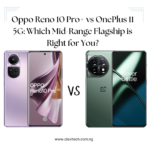
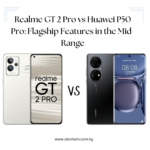
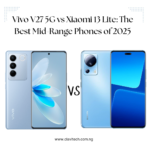
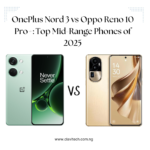
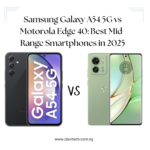
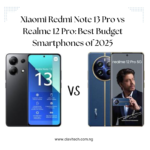
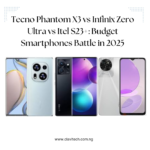
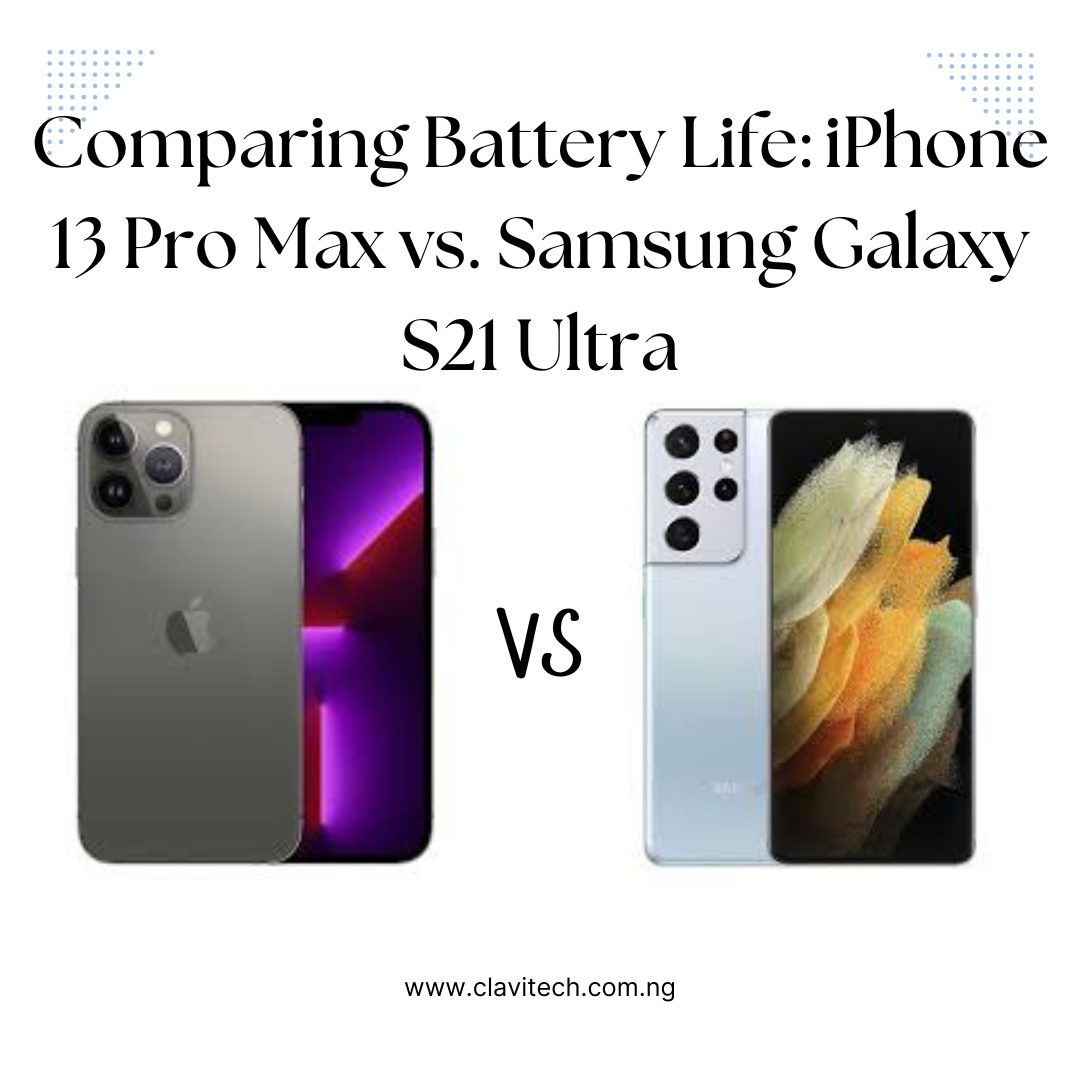
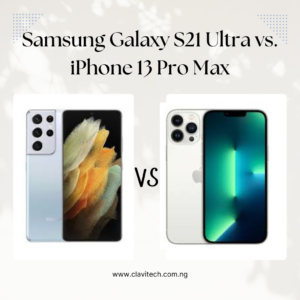
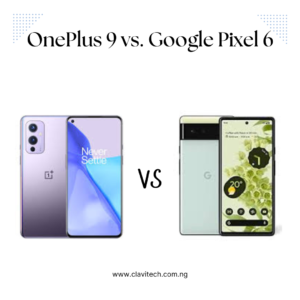
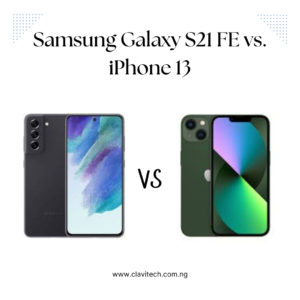
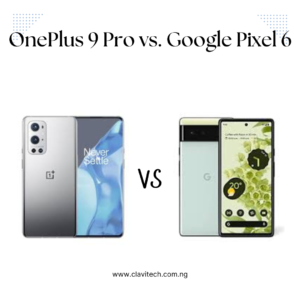
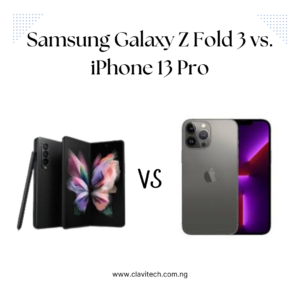
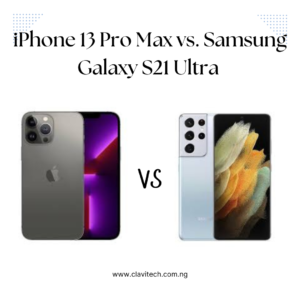
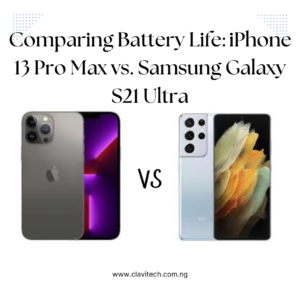
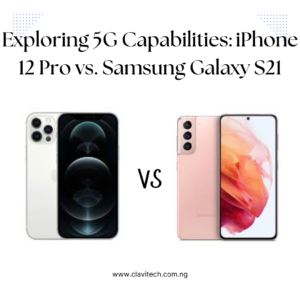
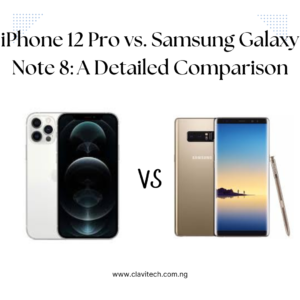
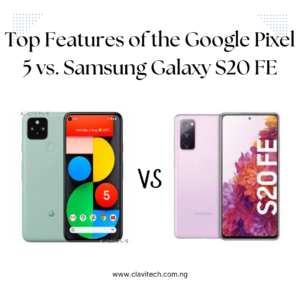
Post Comment